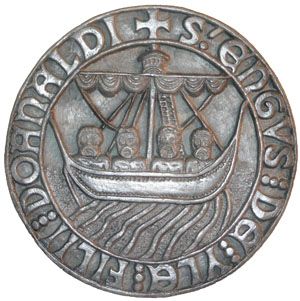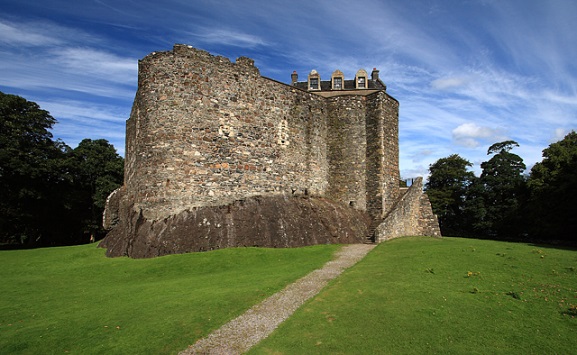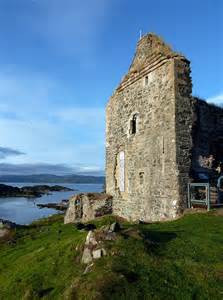James IV: Life Story
A Renaissance Prince
Chapter 5 : Daunting of the Isles
The Western portion of the landmass of Scotland and the islands off its coast had never been fully under the control of the Kings of Scots. Instead, they were the last remnants of the old Gaelic-Scandinavian kingdoms, ruled by their own Clan chiefs, and claimed variously by Norway, Scotland and Orkney. The Lordship was essentially a sea-kingdom, and its rulers depended on sea-travel in the galleys that were descendants of the Viking long ships.

By the early 1480s, the chief clan, Clan Donald, had weakened its position. It had accepted a Scottish Parliamentary forfeiture of some of its lands and a Royal Charter as the basis of holding the remaining territory.
In addition, the clan chief, John Donald II, Lord of the Isles, had clashed with his illegitimate son, Angus Og. In 1488 and 1491, Angus Og and his cousin began raiding into lands outside the Lordship, attracting the enmity of the Earls of Argyll, Angus and Huntly, and drawing Crown attention.
In 1493, Parliament declared the Lord of the Isles' lands forfeit to the Crown, and James undertook an extensive tour in the region to emphasise royal authority. He arrived by sea in August 1493 at the royal stronghold of Dunstaffnage in Lorn.

John Donald II submitted and was granted a pension. The following year, James visited again, and refurbished Tarbert, Loch Fyne and Dunvarty Castles. However, although John Donald II had accepted the Scottish King's overlordship, not everyone else in the Isles was equally happy.

The following years saw internecine feuding amongst Donald's family and clan, with no overall leader arising who could challenge James IV. From this time onward, the Lordship of the Isles never escaped its subjection to the Scottish Crown, despite later revolts in 1506-7 and well into the mid-sixteenth century.



